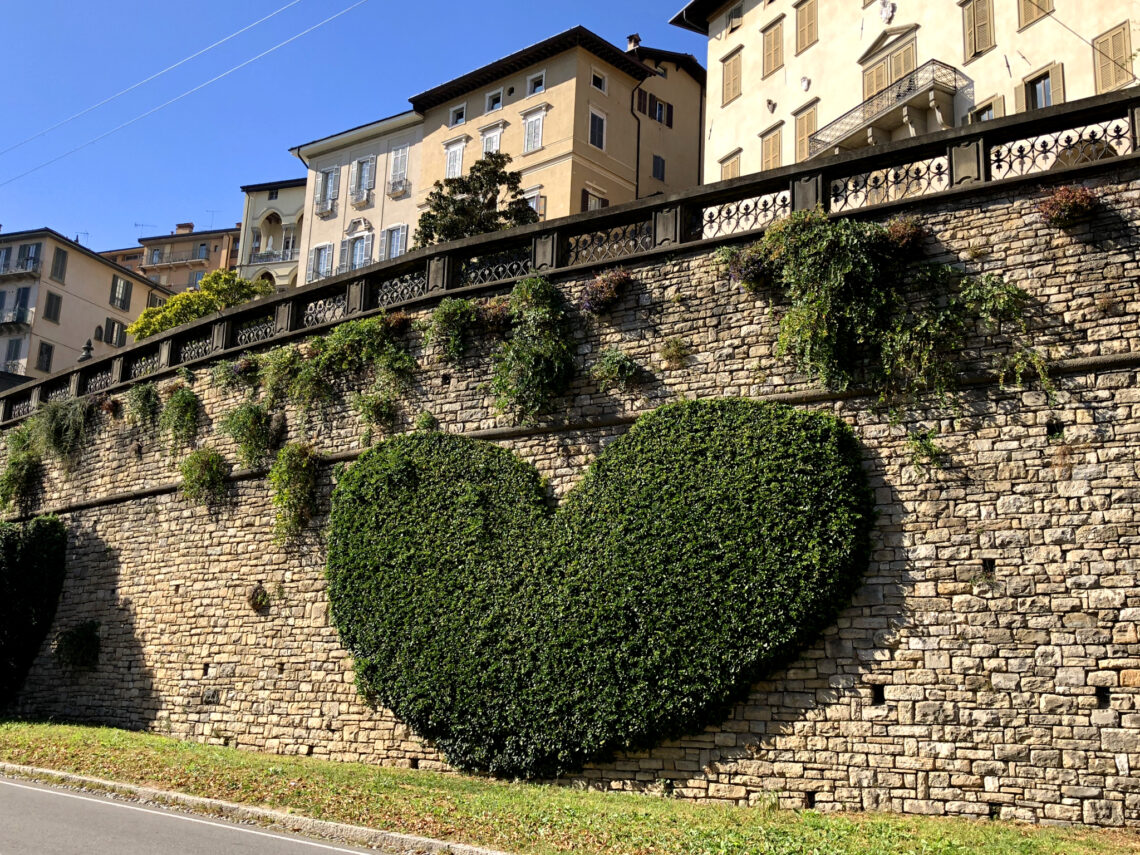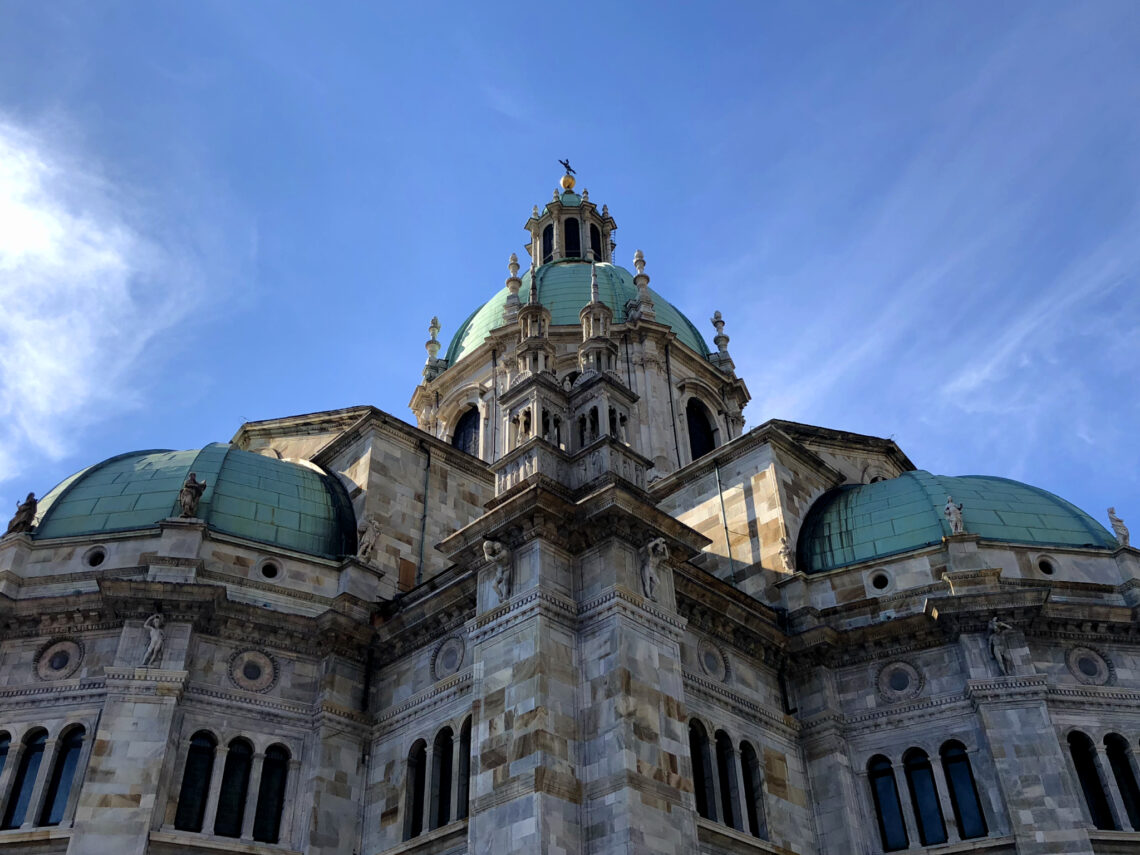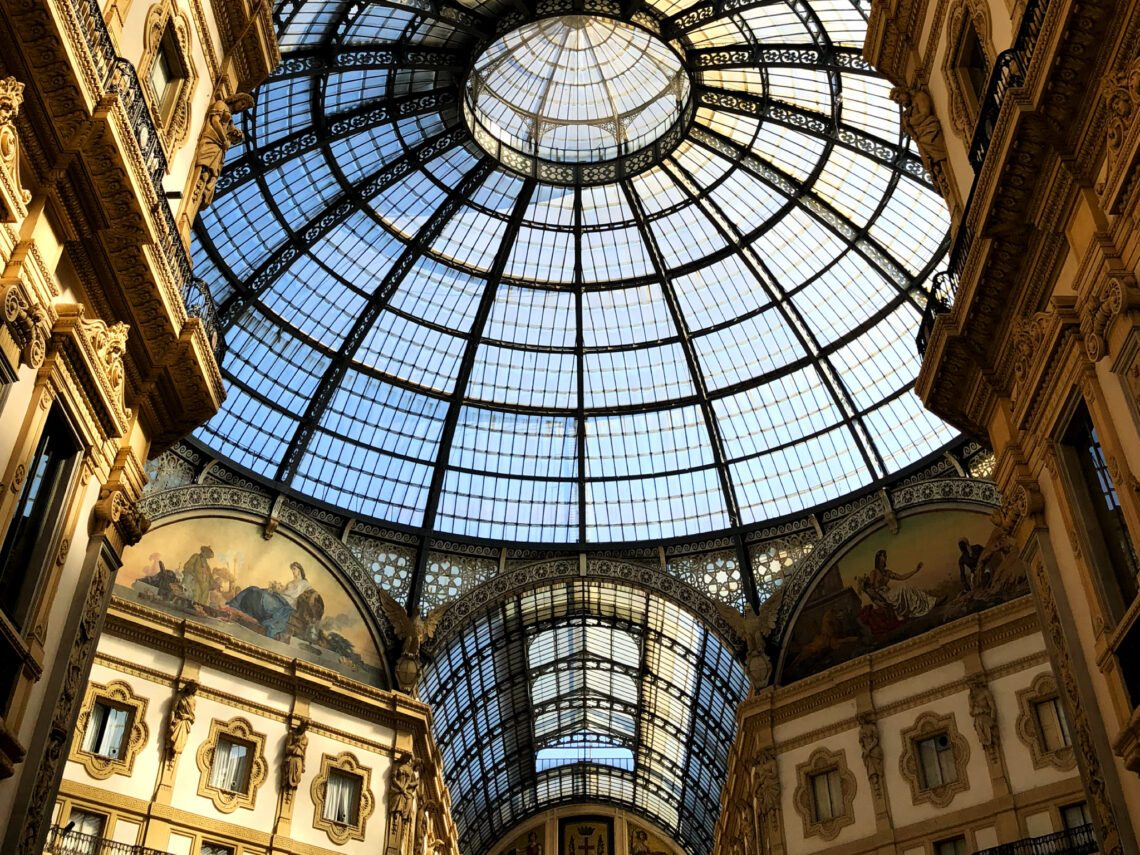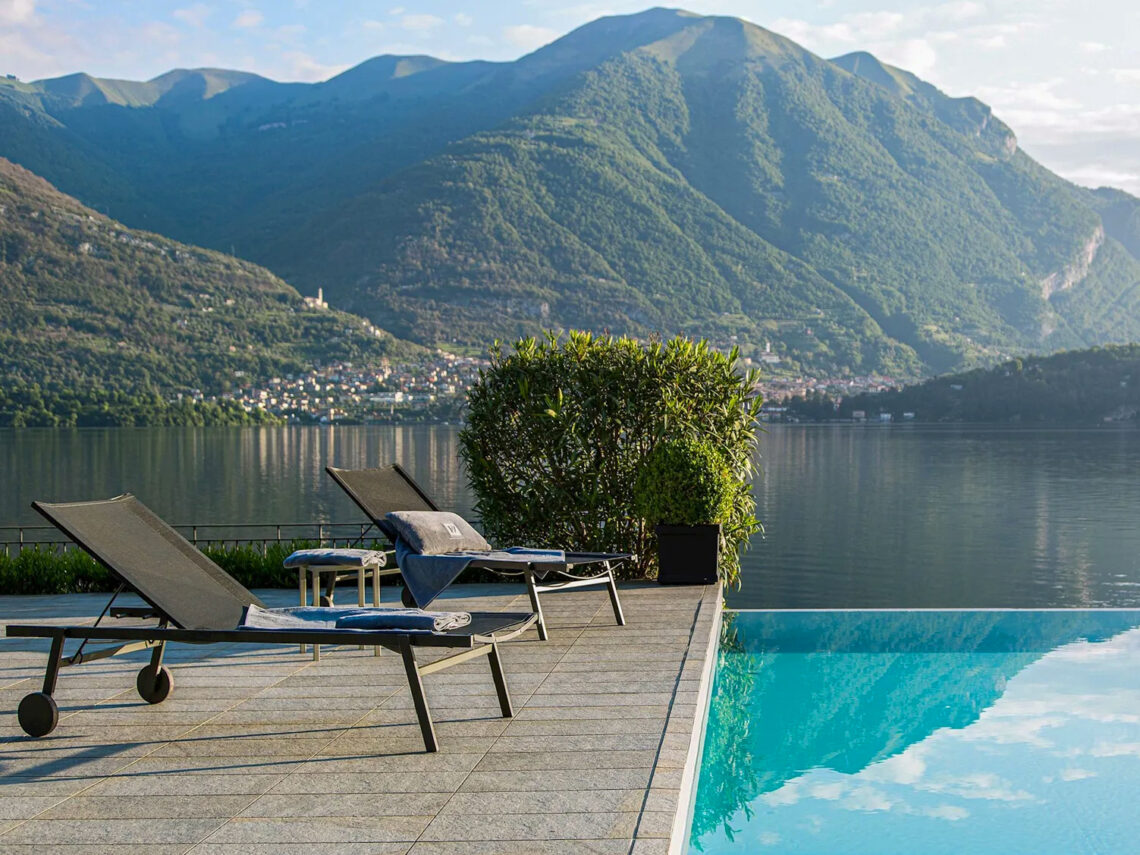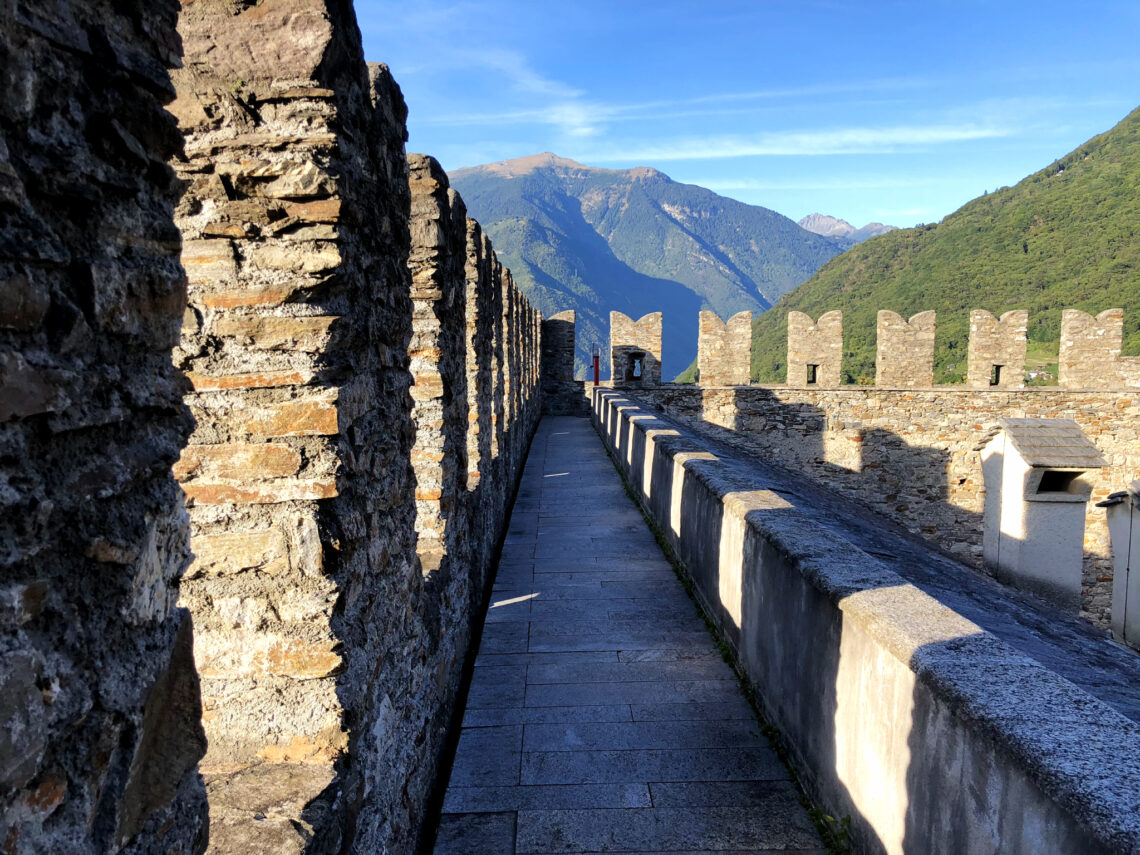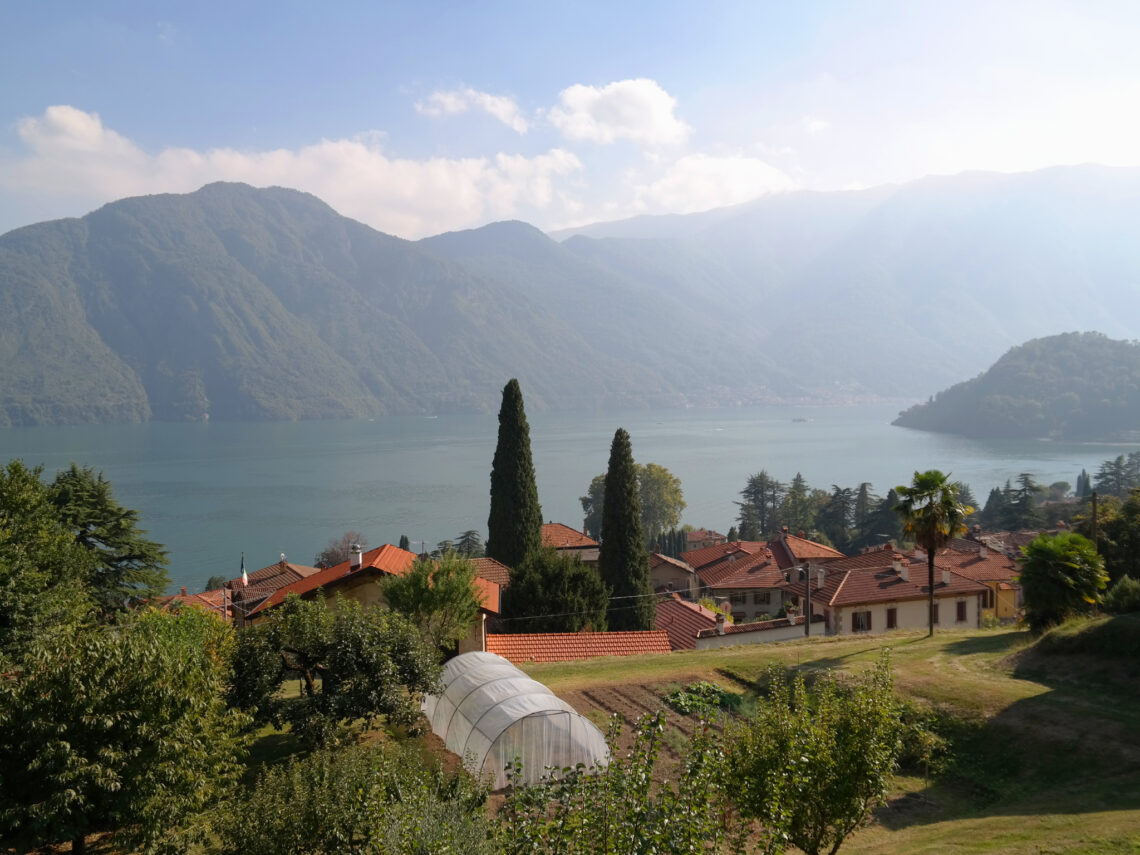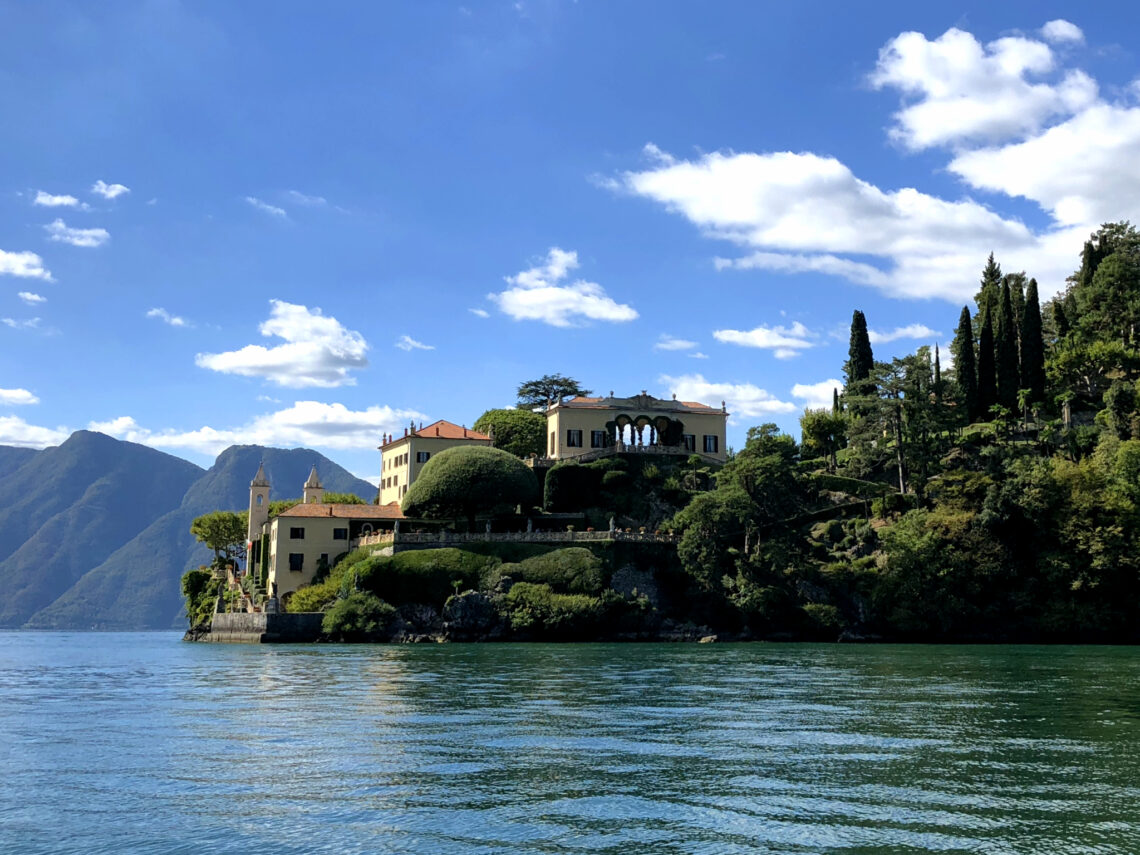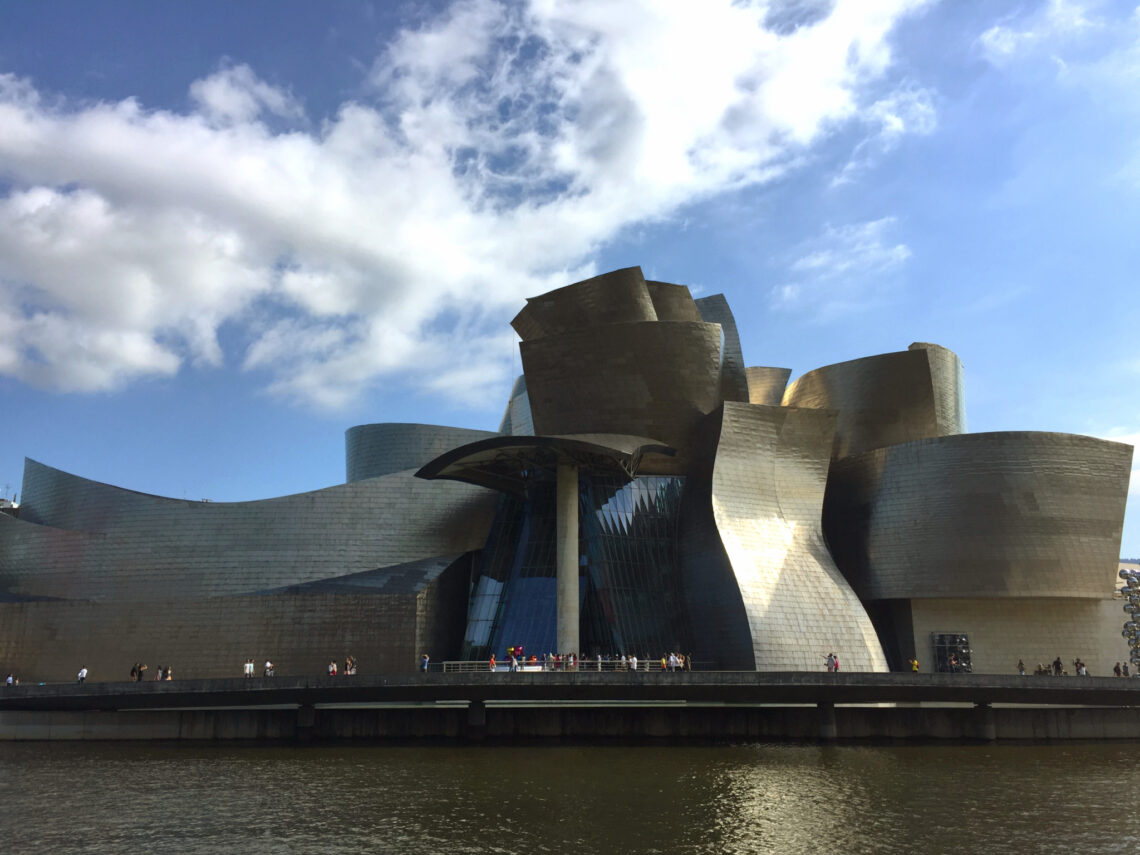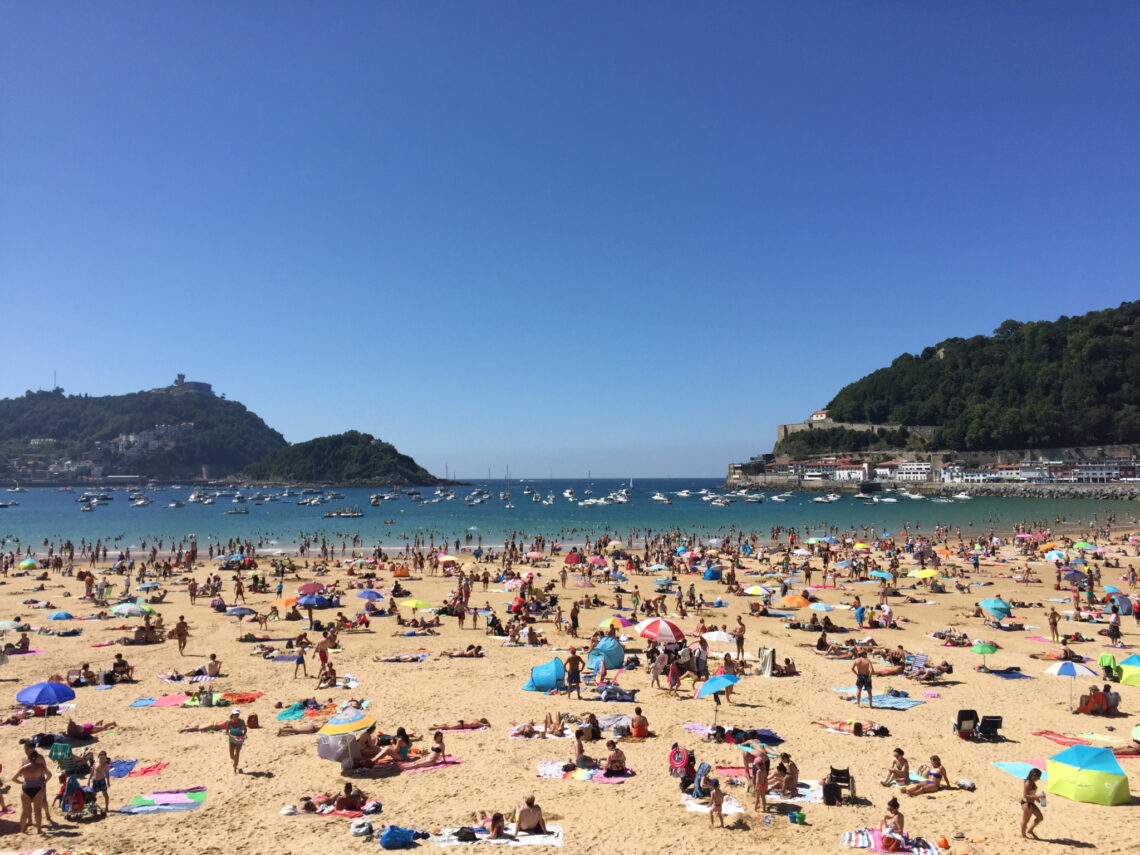-
Bergamo, Italy
Scenes from Bergamo...
-
Como, Italy
The city of Como is charming, walkable, and relatively non-touristy. It’s located at the southern tip of Lake Como’s Ramo di Como branch, and very accessible to the cities, towns, and lakes of northern Lombardy and Piemonte. Charles and I drove through Como en route to Filario Hotel, where we stayed for several nights while exploring the Lake Como region. I originally wrote off the city as being just a transportation hub for connections from Milan, but after getting a…
-
Milan, Italy
I had heard mixed reviews about Milan: there are no sites to see; it’s too industrial; it’s too work-a-day and no play. It turns out, these are the exact reasons why I loved Italy’s number two. Charles and I stayed at the conveniently located ME Milan Il Duca on Piazza della Repubblica and walked everywhere. We were: We had one of our finer meals at Michelin-starred Contraste in the buzzing Navigli neighborhood, where it seemed all the young Milanese hung…
-
Filario Hotel, Lezzeno, Italy
The Well-Traveled Fella has a list of set criteria when choosing a hotel. I like a clean and modern design throughout, at least a 4.5 Google star rating, a free-standing shower, a king-size bed (when travelling with Charles), a decent view, a room with at least 300 square feet of space, and a non-exorbitant price tag. In searching for a hotel in and around Lake Como, I found it particularly challenging to uncover options that met my standards. There are…
-
Castles of Bellinzona, Switzerland
Bellinzona is the capital of Ticino, the only Italian-speaking canton of Switzerland. Located in a valley at the foot of the Alps, the city straddles the Fiume Ticino, which empties into nearby Lago Maggiore. Perched on hillsides surrounding the town are the three Castelli di Bellinzona, some of the best-preserved examples of medieval fortifications, which gained UNESCO World Heritage status in 2000. Castelgrande, the oldest of the three, has been fortified since the late 1st century BC during the reign…
-
Greenway del Lago di Como, Italy
The Greenway del Lago di Como is a pleasant seven mile trail that stretches along Lake Como’s central western shore. Starting in Colonno, the Greenway passes through the bucolic villages of Sala Comacina, Ossuccio, Lenno, Mezzegra, Tremezzo, and Griante. There is plenty to see along the way, from lavish villas and gardens to Romanesque and Baroque churches…and not to mention the endless stunning mountain and lake vistas. After a morning visit to the Villa del Balbianello, Charles and I grabbed…
-
Villa del Balbianello, Lenno, Italy
Perched on the wooded promontory of Il Dosso d’Avedo, the 18th century Villa del Balbianello commands panoramic views of Lago di Como, making it one of the most exclusive estates in the Italian Lakes. A Franciscan monastery first occupied this site in the 13th century, its twin campanili remaining a part of the present-day design. In 1785, Cardinal Angelo Maria Durini purchased the property and converted the monastery building into a villa and added the loggia for optimal viewing of…
-
Guggenheim Bilbao, Spain
Guggenheim Bilbao should be on every world traveler’s bucket list. An icon of 20th-century architecture, this groundbreaking Frank Gehry-designed masterpiece was a game-changer for architects and aesthetes alike, as well as for the citizens of Bilbao. Constructed on the site of a post-industrial wasteland in this once thriving port city, the museum, which first opened its doors in October of 1997 after four years of construction, breathed new life into Bilbao and the surrounding Basque region. The prosperity that ensued…
-
Beaches of the Basque Coast
With autumn setting in and winter on its way, I’ve been feeling nostalgic for the beaches of the Basque Coast – from the flysch-carved cove of Zumaia’s Playa de Itzurun to the white sands of San Sebastián’s iconic Playa de la Concha and the bustling energy of Biarritz’s La Grande Plage. Fed by the Atlantic waters of the Cantabrian Sea, the beaches of the Basque Coast span the shores of northeastern Spain and southwestern France. The vibe is more relaxed…


